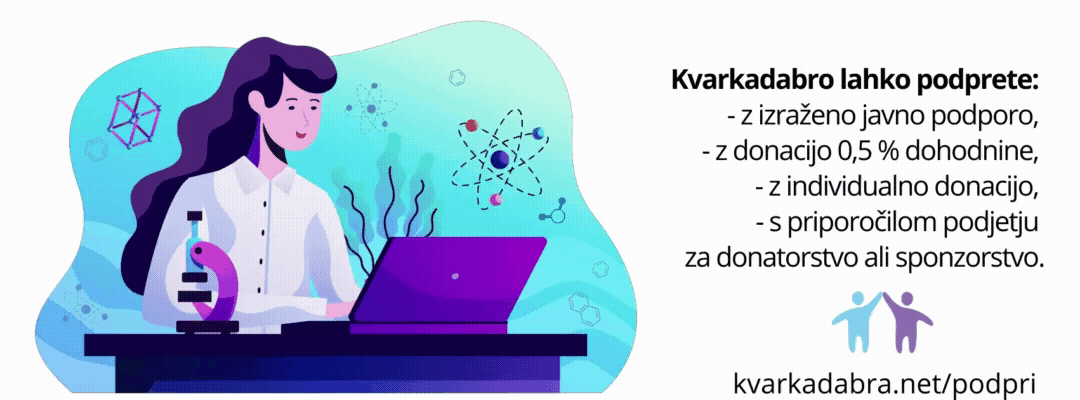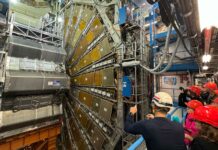NASA je pravkar objavila zelo nazorne računalniške modele gibanja izpustov CO2 za celoten planet.
An ultra-high-resolution NASA computer model has given scientists a stunning new look at how carbon dioxide in the atmosphere travels around the globe.
Plumes of carbon dioxide in the simulation swirl and shift as winds disperse the greenhouse gas away from its sources. The simulation also illustrates differences in carbon dioxide levels in the northern and southern hemispheres and distinct swings in global carbon dioxide concentrations as the growth cycle of plants and trees changes with the seasons. …“While the presence of carbon dioxide has dramatic global consequences, it’s fascinating to see how local emission sources and weather systems produce gradients of its concentration on a very regional scale,” said Bill Putman, lead scientist on the project from NASA’s Goddard Space Flight Center in Greenbelt, Maryland. “Simulations like this, combined with data from observations, will help improve our understanding of both human emissions of carbon dioxide and natural fluxes across the globe.”
…In particular, the visualization is part of a simulation called a “Nature Run.” The Nature Run ingests real data on atmospheric conditions and the emission of greenhouse gases and both natural and man-made particulates. The model is then is left to run on its own and simulate the natural behavior of the Earth’s atmosphere. This Nature Run simulates May 2005 to June 2007.
…In the spring of 2014, for the first time in modern history, atmospheric carbon dioxide – the key driver of global warming – exceeded 400 parts per million across most of the northern hemisphere. Prior to the Industrial Revolution, carbon dioxide concentrations were about 270 parts per million. Concentrations of the greenhouse gas in the atmosphere continue to increase, driven primarily by the burning of fossil fuels.
(Vir:
NASA Computer Model Provides a New Portrait of Carbon Dioxide)








Treba je seveda vedeti, da je skala zelo raztegnjena – razlika med modro in rdečo je ~ 2%.